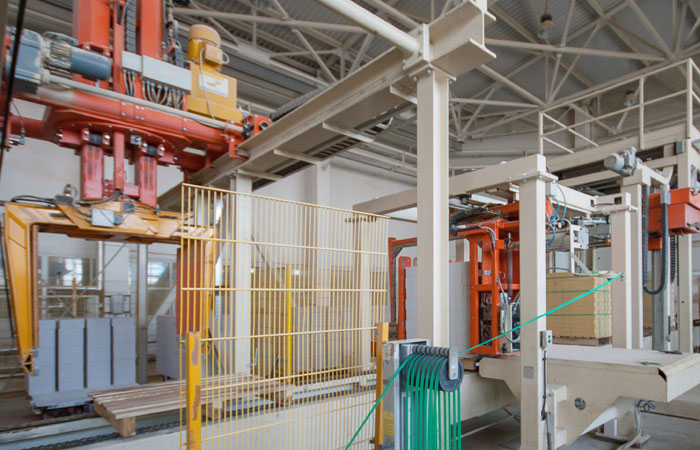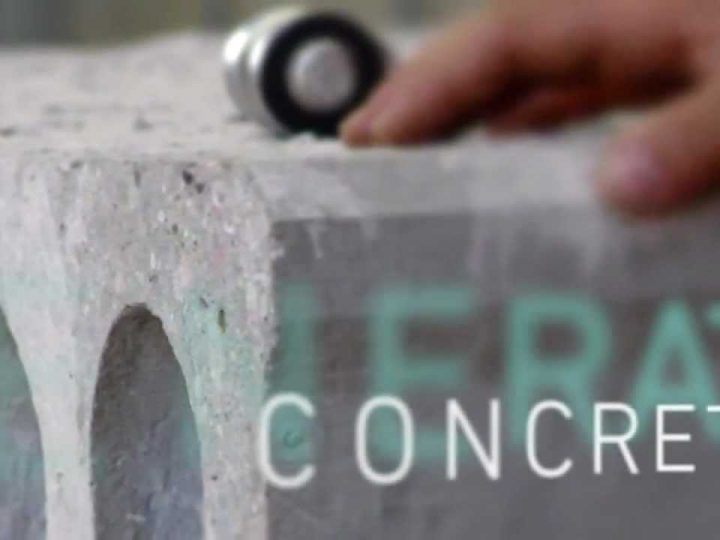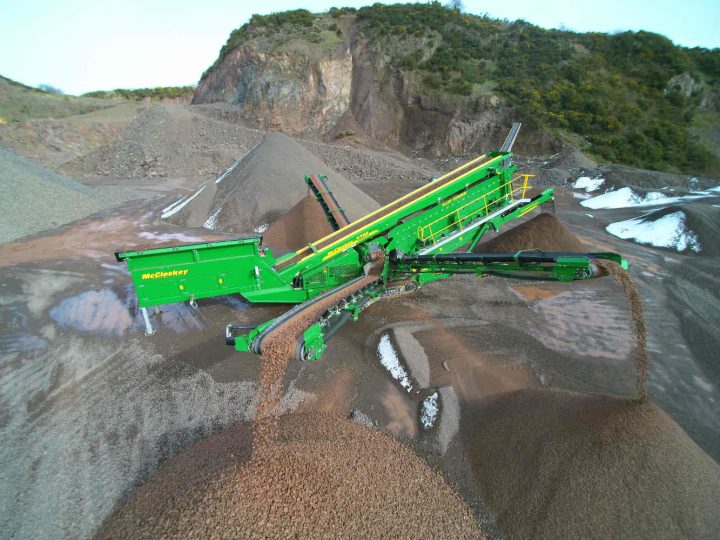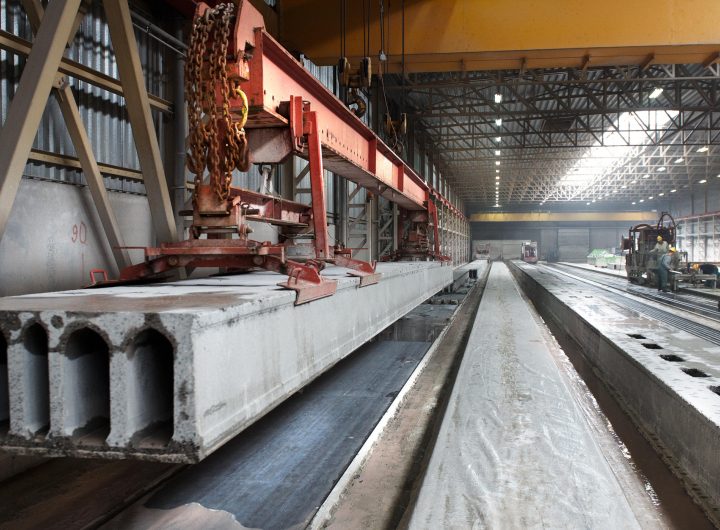SawJet Robots for the Stone Cutting Industry | Productivity and Safety
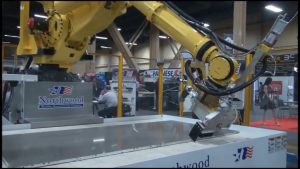 Things have changed quite a bit over over the years. When I first started the only tools that I had were a table saw, a router and a random orbit sander, and a couple of sawhorses in the garage. We could fabricate Corian countertops. It’s been quite the progression. The evolution of technology I think has really been the thing that’s been fascinating and exciting for me, and I’m kind of a tool junkie. I like that kind of stuff. So I think that’s been one of the biggest changes. One of the latest improvements to the overall stone fabrication process is the combination of a water jet and a saw. This allows for a lot of optimization of the stone itself — the materials — but also gives you flexibility in the design for your countertops. When you combine that flexibility of processing with the flexibility of a robot to be able to manipulate that in a lot of different ways, you have the ultimate solution for a stone fabricator. There was a local customer, Lakeside. They actually were using traditional equipment and were going to be building a state-of-the-art facility.
Things have changed quite a bit over over the years. When I first started the only tools that I had were a table saw, a router and a random orbit sander, and a couple of sawhorses in the garage. We could fabricate Corian countertops. It’s been quite the progression. The evolution of technology I think has really been the thing that’s been fascinating and exciting for me, and I’m kind of a tool junkie. I like that kind of stuff. So I think that’s been one of the biggest changes. One of the latest improvements to the overall stone fabrication process is the combination of a water jet and a saw. This allows for a lot of optimization of the stone itself — the materials — but also gives you flexibility in the design for your countertops. When you combine that flexibility of processing with the flexibility of a robot to be able to manipulate that in a lot of different ways, you have the ultimate solution for a stone fabricator. There was a local customer, Lakeside. They actually were using traditional equipment and were going to be building a state-of-the-art facility.
So when they visited Baca they were able to go to several fabricators that are running Baca solutions right next to traditional equipment and talk specifically to other fabricators who could speak to what the differences were. And when I started looking at it, they’re saying, “The maintenance program for this is you change the oil every five years.” I’m like, “Get out of here.” They’re like, “No, seriously.” So I really started checking them out and they had my attention. I had to look at it. We live in a very abrasive environment in the stone industry. When you cut the stuff you have a quartz dust basically and it’s very very fine. Everything is cut wet, so we’re able to suppress the quartz. But having a foundry-grade KUKA arm that’s not going to be susceptible to having that stuff get into it and start eating it up… that was very attractive to me.
While we employed various levels of CNC equipment in our previous facility, where we’re at now with a combination of robotic arms, very state-of-the-art CNC equipment and other types of automation that we’re still considering employing… it pushes us to the next level. For us, putting in robotics and very high-level CNC equipment ensures us that: Number one, were very efficient in our processes. Number two, we’ve reduced our delivery times significantly. And last but not least, the quality is very very consistent throughout the deliverable product. Lakeside is operating two dual-table RS 202 saw jets, which is an engineered solution that has the KR 210 robot. The benefit of using a robot-based solution over traditional gantry style machines starts first with the footprint being significantly smaller on a Baca Robo saw jet solution. Secondly, they’re able to be cutting on station one, and while you’re cutting on station one you’re actually loading and unloading on station two. So this allows you to mask the processing time, which significantly increases the output of the machine. The technology that the robot brings to the saw jet process is very unique in that it’s a reliable mechanism — the accuracy of the robot over time. It does not wear out as much as traditional equipment. The maintainability is higher. The ease of use that we have with the system is very nice.
The robots are a standard tool to be applied to solve different problems and they’re a very nice tool for the saw jet process. We moved into the new facility in January or February of 2017 and we’ve added on probably close to 30 folks over that period of time in various positions. One of the things that it’s done is it’s pushed the skill set and the knowledge base of our people upwards. We’ve had people who were working on some of the other equipment before or doing more manual jobs previously and they’ve come to the new facility and they’re learning CNC equipment. They’re learning the robotics. They’re learning programming. They’re learning some of the engineering there that goes on. And so the skill sets are being pushed at a level along with the evolution that we’re going through. Baca Systems uses the KUKA robot because of our experience over the last 30 years.
We’ve used different robots for different applications, and we know and understand why KUKA is the right solution for our customers. For path performance, rigidity… Not only is KUKA the right partner for Baca and has the products today. It’s about tomorrow. And Baca is focused on making sure that we have a partner that will work with us and listen to us on needs that we have and that our customers have. I’m an engineer and I started off in the special machine business, custom machine business and automation business. I’ve seen a lot of changes over the years and quite frankly today the players have changed very significantly and those who have chosen to continue to push the limits of technology are still here and still advancing like KUKA.

